I wrote this article at the time PE folded, but never published it until now, enjoy ![]()
It was almost 1 year ago now that I received the tour of Star Trek Online, thus some of the information below is already known or may be out of date. With PE’s closure recently, I decided to do a write up of my tour for those that have been following STO to see exactly what was planed and what could of been. Bare in mind I’m not a creative writer, so I’ll try to keep it simple.
The Team
At the time of the tour PE had 35 individuals working on STO out of the 150 employees that were working there, the other projects been worked on included the PEP (Perpetual Entertainment Platform) and GnH (Gods and Heroes). It was planned that after GnH was shipped the STO team would increase to 100+ people, some transferred over from GnH. The MMO experiance the team housed included developers from World of Warcraft, Ultima Online, Gods and Heroes, Auto Assault, City of Villains, Dungeons and Dragons Online, Lord of the Rings Online, Ascherons Call, The Matrix Online and Star Wars Galaxies.
The Galaxy
The Galactic map included 27 sectors, each sector with about 10-12 points of interest for players. All the sectors were in the Alpha and Beta quadrants. When players started they would begin on their home world, as they left their start areas they would slowly become introduced to the other races. Each sector was to have its own individual feel to it, so when a player was in a sector they’d immediately be able to identify where they were from the way space looked. Space was very artistic it that its wasn’t a null void, it was filled with really beautiful nebulas and asteroids fields.
Just like other MMO’s, the difficulty of the sectors content was intended to increase as you got closer to the Federations borders. Movement around the galaxy was very similar to the control system Earth and Beyond used, as opposed to the system Eve Online has for example. The sectors did have features, which required movement via the ’z’ axis, although the sectors had a very obvious horizontal plane. A tour of one sector (the Epsilon sector) had us warping around to Fargo station, which was intended to be the biggest hub in the game, as well as around some shipyards which looked much like Utopia planetia with all the ships everywhere. We also flew though some nebulas, the nebulas looked ’very’ nice and were intended to be interactive, so you could fly though them, hide in them and the like. When we passed by planets we could see that they were lit dynamically by the systems sun or suns and could see the lights from cities on the dark side of the planet as it rotated. Many races from the series would be making an appearance in the galaxy, such as the Borg, the Gorn, the Tholians the Romulans, the Naussicans as well as many others.
The Players
As previously mentioned, players would start on their appropriate homeworld, these been for the 7 races, which were Humans, Vulcans, Andorians, Cardassians, Ferengi, Klingons and Tellerites. The humans would start at Fort Baker in San Francisco, it was unclear what the exact locations were for the other races. Each race has its own part to customise appearance wise, for example Vulcans would have many types of customisable ears, although all races would have a fair amount of customisability. It’s worth noting that the races were stylised so that they were more easily identifiable from a distance, otherwise everyone would just look like humans with various ridges on their noses! Players would start as cadets and it was intended that within playing for a few hours the player would gain access to their first space vessel, which would of been a shuttle of some description. The player’s level and rank were independent of each other. The players rank was used to determine what vessels they could use, although it was unclear if the players level was also used to calculate what ships were available as well. As players progressed though the game they would have been able to align themselves to various factions, these included a klingon faction, a trade faction, a commerce faction as well as Section 31. Although players would still serve in Starfleet, different content would be made available via you affiliation with these fringe factions.
The minion system from GnH was not going to be implemented in STO, at least not as extensively as it was in GnH, however, security officers for example would have Redshirt minions to command.
The Ships
The ships of STO had taken a much more ’heavy-plating’ look than some previous Trek ships, several vessels included moving parts (such as nacelles pylons). It was intended that players would be able to customise their vessels to become more powerful or specialised as they progressed in the game, customisation included various paint schemes (measured for aesthetic harmony), guild insignias as well as areas for equipment attachments. We saw a fully modified ship compared to a non modified one and although you could see a strong visible differences between the 2, it still looked like the same vessel, the team had made sure that the games aesthetics were kept in check. Ryan Denning and John Eaves had come up with many concepts for vessels, although many old favourites from the series would be making their appearances. It was intended at launch that the game feature around 150 vessels of which 75 would be playable. these including some non-Starfleet vessels, such as player race related ships.
On ships with crews larger than 100 it was possible for multiple players to group up, if the players rank was of a high enough level. When players grouped on a ship more abilities would appear, increasing as more players joined. When grouped each player would control different aspects of the ship and their own proficiencies would be added to the ship stats. Things that players could have control over including things such as firing phaseres, firing torpedoes, using scanners or using any other special abilities that other players may of brought to the ship. The captain would primarily pilot the vessel and assign targets. At the time of the tour player ships were not intended to have full interiors, although hubs were intended to have very extensive interiors for players to get their Trek experiance of walking around ships. Player ship interiors were planned for post launch, along with player housing.

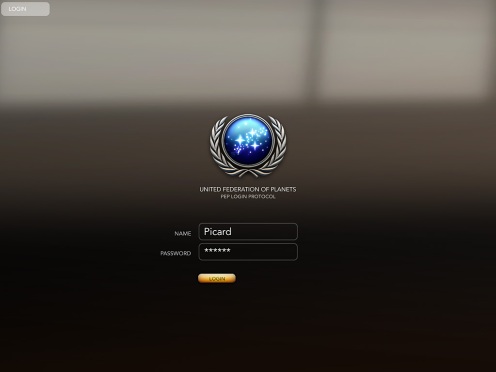
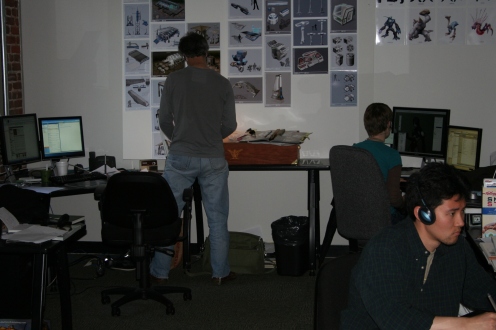
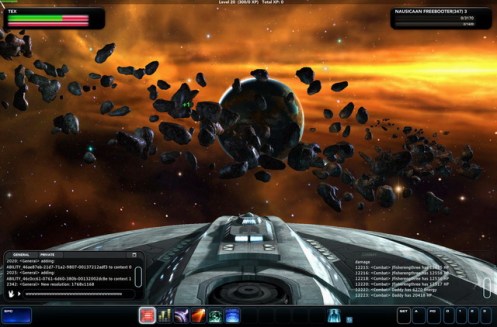

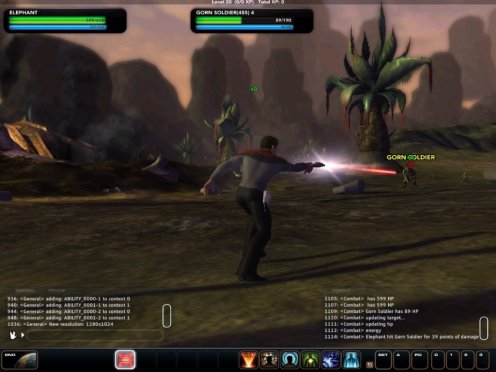
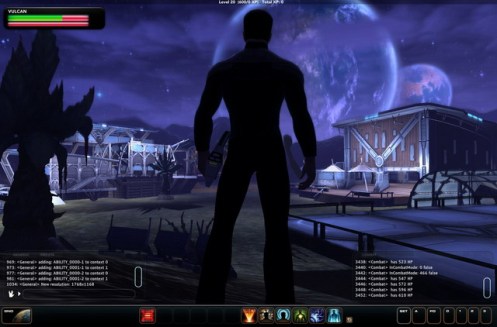
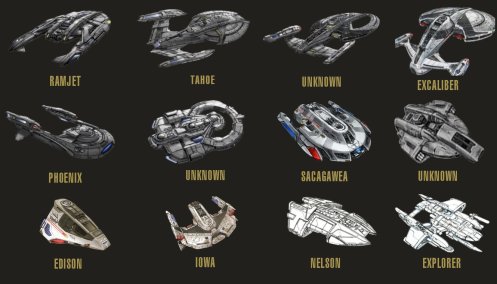
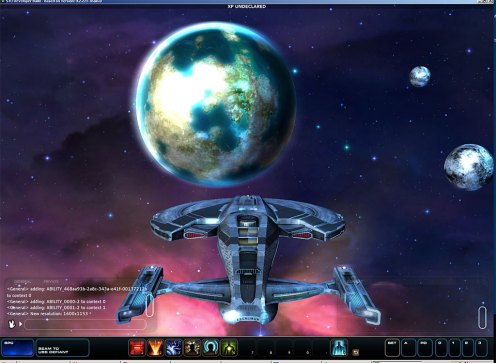
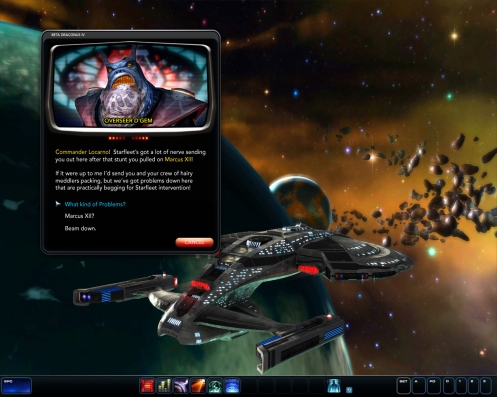
No comments:
Post a Comment